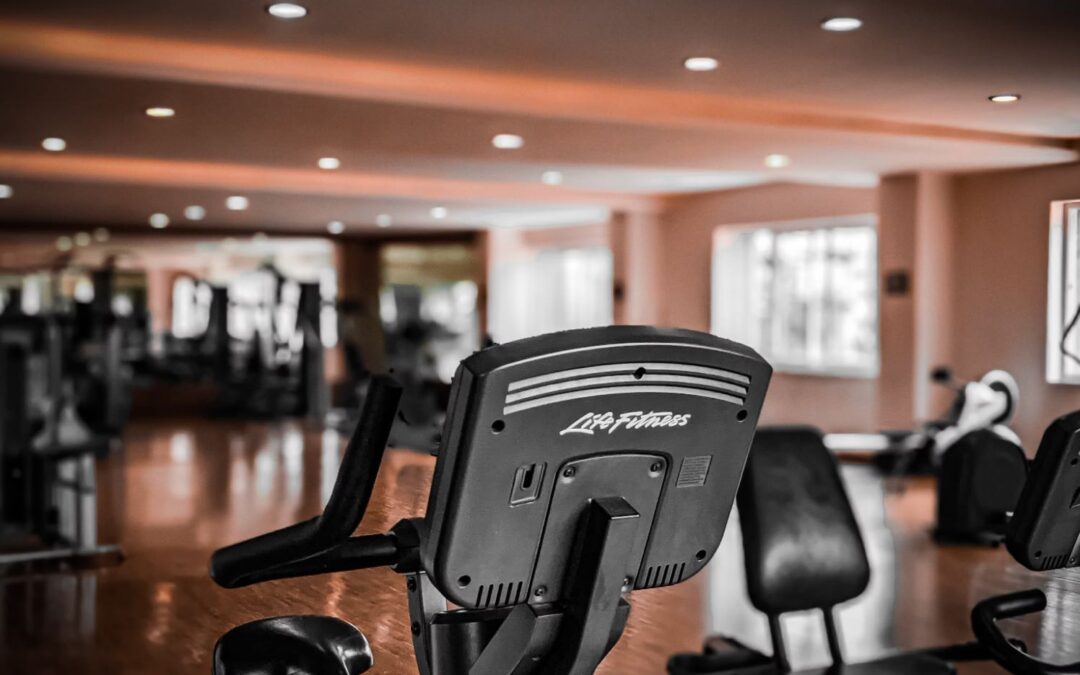Embarking on a fitness journey is a commendable decision, and choosing the right equipment is a crucial step in this process. Opting for used fitness equipment is an excellent way to make this endeavor more affordable and sustainable. The challenge, however, lies in selecting equipment that aligns with your fitness goals, space, and budget without compromising on quality and performance. This post will guide you through unique considerations and fresh advice for making an informed choice when investing in used fitness equipment.
Beyond the Basics:
While general factors like cost, condition, and functionality remain paramount, other often-overlooked aspects play a critical role in determining the suitability and longevity of used fitness equipment. Delve into these aspects to ensure your investment is sound, and the equipment serves your fitness needs effectively for a long time.
Fresh Perspectives and Tips:
1. Prioritize Equipment with Less Wear and Tear:
Opt for equipment with fewer electronic components and minimal wear and tear, as they are likely to have a longer lifespan. Examples include dumbbells, resistance bands, and kettlebells.
2. Analyze the Space and Layout:
Assess the space you have and choose equipment that fits comfortably, allowing sufficient room for movement and additional accessories. Avoid overcrowding, as it can lead to equipment damage and hinder your workout.
3. Look for Reputable Brands:
Invest in used equipment from renowned and reliable brands. Despite being pre-owned, equipment from established brands generally offers better durability and performance.
4. Consider Equipment Modularity:
Opt for modular equipment that can be easily disassembled and reassembled. This feature facilitates easy transportation, storage, and maintenance, making it a practical choice for home gyms.
5. Conduct a Thorough Inspection:
Beyond external examination, test the equipment thoroughly for stability, functionality, and hidden issues. It’s advisable to have a fitness expert or technician accompany you for the inspection.
6. Inquire About Warranty and Support:
Even for used equipment, inquire about the possibility of a warranty or after-sales support. Some sellers offer limited warranties or technical support, which can be advantageous.
7. Think Long-Term:
Choose equipment that aligns with your long-term fitness goals. Consider your progression and opt for gear that can adapt to your evolving fitness levels and exercises.
Additional Advice:
Be patient and comprehensive in your search for the right used fitness equipment. Utilize online platforms, local classifieds, and fitness centers for a wider selection and better deals.
Conclusion:
Choosing the right used fitness equipment is a journey of careful consideration, in-depth examination, and forward-thinking. Prioritize quality, reliability, and alignment with your fitness objectives to ensure your chosen equipment enhances your workouts and contributes positively to your fitness journey. Your path to fitness is significant, and the right equipment, even if pre-owned, should empower and support you at every step, ensuring you achieve your goals with confidence, convenience, and satisfaction. Embark on this journey with insight, preparation, and clarity, ensuring your fitness equipment is a trustworthy companion in your pursuit of health, wellness, and vitality.

